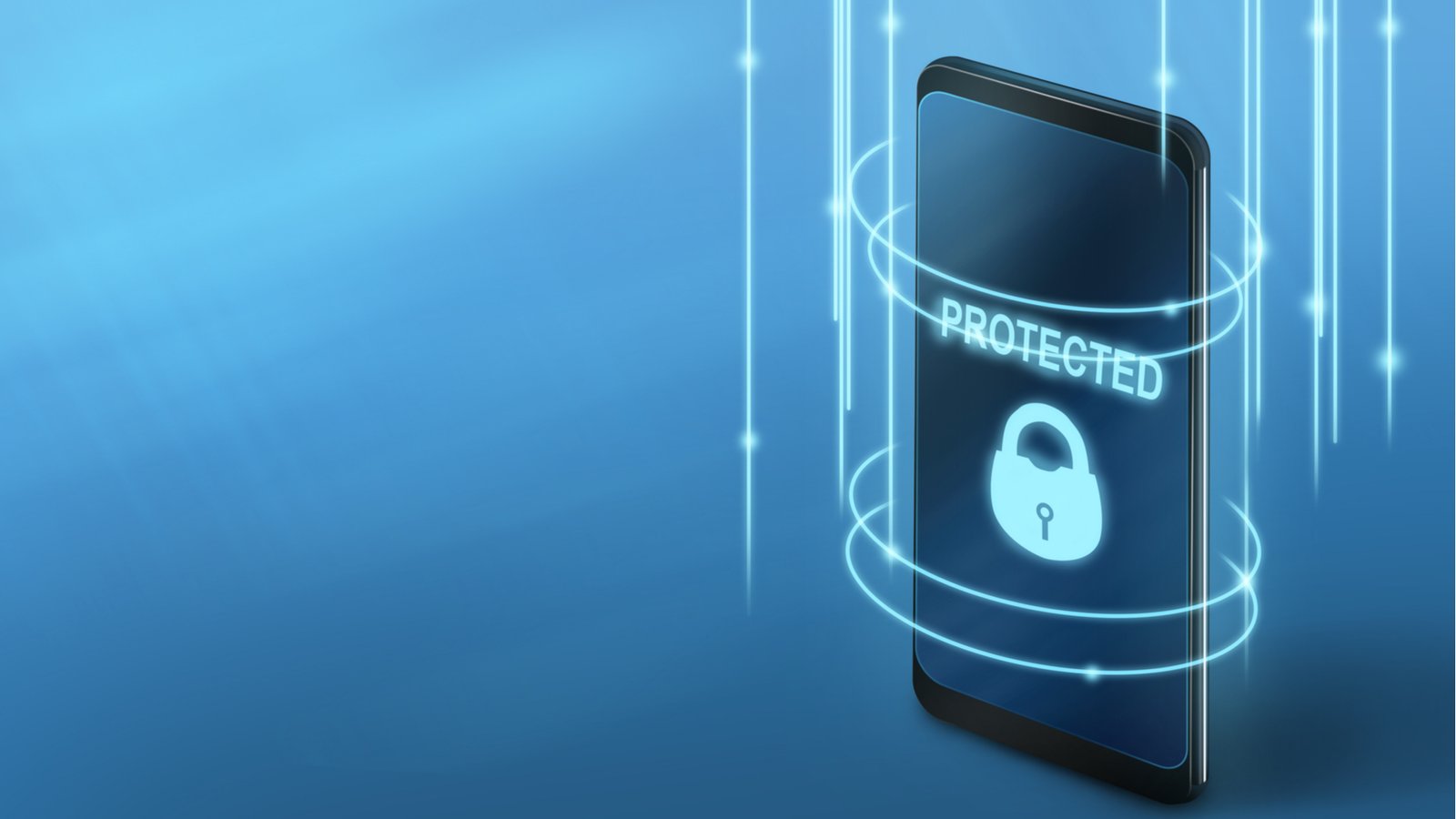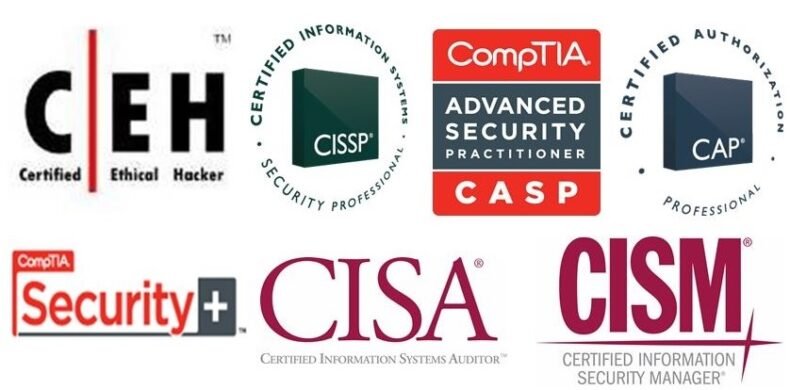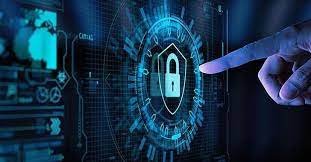
In our interconnected world, Wi-Fi has become an indispensable part of our daily lives, allowing us to access the internet, connect with friends and family, and conduct business virtually anywhere. However, the convenience of Wi-Fi comes with its own set of risks. Wi-Fi networks can be vulnerable to hacking, leaving our devices and sensitive information at the mercy of cybercriminals. We will explore the potential risks of using Wi-Fi and provide essential tips on how to keep your devices safe and secure while staying connected.
The Risks of Using Public Wi-Fi
Public Wi-Fi networks, found in places like cafes, airports, and hotels, are convenient for accessing the Internet on the go. However, they are often unsecured, making them an attractive target for hackers. The risks of using public Wi-Fi include:
- Man-in-the-Middle (MitM) Attacks: Hackers intercept communications between your device and the Wi-Fi network, eavesdropping on sensitive data like passwords and personal information.
- Rogue Hotspots: Cybercriminals may set up fake Wi-Fi hotspots with names similar to legitimate ones, tricking users into connecting to them and exposing their data.
- Snooping and Packet Sniffing: Hackers can capture data packets transmitted over unsecured Wi-Fi, potentially accessing sensitive information.
- Malware Distribution: Cybercriminals can inject malware into public Wi-Fi networks, infecting connected devices.
Tips to Keep Your Devices Safe on Wi-Fi Networks
- Use a Virtual Private Network (VPN)
A VPN encrypts your internet connection, adding an extra layer of security when using public Wi-Fi. It protects your data from potential MitM attacks and safeguards your online activities from prying eyes.
- Avoid Using Public Wi-Fi for Sensitive Transactions
Avoid accessing sensitive information, such as online banking or entering passwords, while connected to public Wi-Fi. Wait until you are on a secure network or use your cellular data for these tasks.
- Verify Wi-Fi Network Names
Always verify the exact name of the Wi-Fi network with the establishment’s staff when connecting to public Wi-Fi. Avoid connecting to networks with generic or misspelled names.
- Turn Off Wi-Fi When Not in Use
Disable Wi-Fi when not actively using it. This prevents your device from automatically connecting to open or untrusted networks.
- Use Secure Websites
Always access secure websites with “https://” in the URL when providing sensitive information online. Secure websites encrypt data during transmission, reducing the risk of interception.
- Keep Software and Devices Updated
Regularly update your devices, operating systems, and applications to protect against known vulnerabilities and exploits.
- Enable Firewall and Antivirus Protection
Activate your device’s firewall and install reputable antivirus software to provide additional protection against malware and unauthorized access.
- Enable Two-Factor Authentication (2FA)
Enable 2FA for your online accounts to add an extra layer of security. This ensures that even if your password is compromised, an additional verification step is required for account access.
- Be Wary of Pop-Up Messages
Avoid clicking on pop-up messages while connected to public Wi-Fi, as they may be malicious attempts to trick you into downloading malware.
- Educate Yourself and Others
Stay informed about the latest cybersecurity threats and share this knowledge with family, friends, and colleagues. Educate them about the risks of using public Wi-Fi and how to protect their devices.
Conclusion
While Wi-Fi provides unparalleled convenience, it also leaves us vulnerable to hacking and cyber threats, especially on public networks. By following these essential tips, you can enhance the security of your devices and protect your sensitive information while staying connected.
Remember that cybersecurity is a shared responsibility, and staying proactive is crucial to safeguarding your digital life. With the right precautions and awareness, you can confidently navigate the Wi-Fi world and enjoy its benefits without compromising your privacy and security. So, stay vigilant, use security measures, and spread cybersecurity awareness to create a safer digital environment for yourself and others.





Leave a Reply